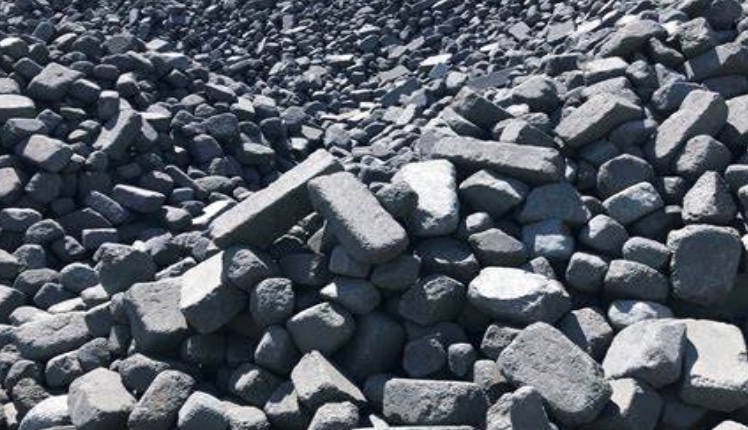
Refractory materials are important for sustainable industrial processes. Designed to withstand high temperatures and corrosion, they can help reduce energy consumption by minimizing heat loss during processing. Their insulating properties also reduce the energy required to maintain optimal temperatures. The use of environmentally friendly refractory materials is becoming increasingly important with the growing focus on environmental stewardship.
Anthracite coal is a form that has been heated underground and under pressure for many years. It has very low levels of volatile substances, like sulfur and sulphur. This makes it much more environmentally friendly than fossil fuels standard, like bituminous. Furthermore, burning anthracite can be used within smoke control areas since it produces fewer pollutants and less ash than conventional fossil fuels.

Anthracite coal is mined from the earth in regions of northern England, Wales and Scotland. It is found near igneous and metamorphic rock formations in the Carboniferous period of geologic time. Anthracite is a versatile fuel that can be used in many different applications. It's ideal for use with hand-fired and automatic stoker stoves. It is also a popular ingredient for charcoal briquettes. The fuel burns cleanly, producing a bright blue flame and leaving little ash behind.
Its unique composition allows anthracite to be used in a wide range of industries. It is often used in metallurgy to produce graphite electrode paste, steel, titanium and manganese. Anthracite makes excellent abrasives, soap and other products. It can also be used in water filtration systems.
The most obvious benefit of anthracite is its high carbon content. It is made up of over 90% carbon, making it the most environmentally-friendly fossil fuel on the market. Anthracite is a pure fossil fuel that produces a blue, hot flame. It burns for longer and doesn't produce much soot.
Anthracite's ability to resist oxidation, thermal shock and corrosion makes it an ideal material for use in many different industrial applications. Anthracite's high carbon content makes it a durable material that can be used in refractory bricks and other industrial processes. The insulating properties of anthracite prevent heat from transferring between a working surface and the environment. This reduces energy usage. It is therefore a very efficient alternative to fossil fuels.

Write a Message